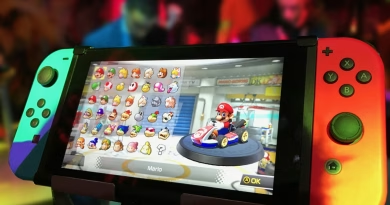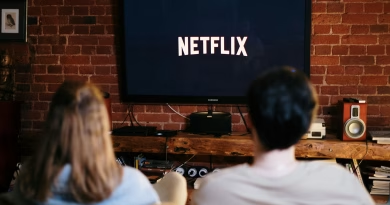Understanding NFTs and the Blockchain Technology Behind Them
A few years ago, the internet was consumed by the bizarre and spectacular boom of NFTs, or Non-Fungible Tokens. We saw digital artworks of cartoon apes selling for millions, and headlines were filled with stories of immense wealth being generated from what appeared to be, on the surface, just JPEG images.
The hype has since cooled, but the underlying technology remains, and it’s still poorly understood by many. What exactly is an NFT? Why would a digital file have any value? To understand NFTs, you first have to understand the powerful technology they are built on: the blockchain.
Let’s break down these complex topics with simple analogies.
The Foundation: What is a Blockchain?
Before you can understand an NFT, you need to understand the blockchain. Forget all the complex jargon for a moment.
- The Analogy: At its core, a blockchain is a shared, public, digital ledger. Think of it like a Google Spreadsheet that everyone in the world can see, but no single person can control or alter.
Here’s what makes it special:
- It’s a Chain of Blocks: Every time a new transaction happens, it’s recorded in a “block.” This new block is then cryptographically linked to the previous block, creating a chronological and unbreakable chain of events.
- It’s Decentralized: This digital ledger isn’t stored on one central server (like at a bank). Instead, a copy of the entire ledger is distributed across thousands of computers worldwide.
- It’s Immutable: To alter a past transaction, a hacker wouldn’t just need to change one computer; they would need to simultaneously hack thousands of computers around the globe and change every single copy of the ledger, all while new blocks are being added. This makes the record of transactions essentially permanent and tamper-proof.
The blockchain, therefore, is a system for creating a trusted, public record of ownership without needing a central authority like a bank or a government to verify it.
So, What is an NFT?
Now we get to the NFT, or Non-Fungible Token. Let’s break down that name.
- “Fungible” means something is interchangeable. A dollar bill is fungible; you can trade your dollar for my dollar, and they are worth the exact same amount.
- “Non-Fungible” means something is unique and cannot be replaced. The Mona Lisa is non-fungible. You cannot trade it for another painting and have the same exact thing.
An NFT is a unique digital signature, recorded on that public blockchain ledger, that represents ownership of a specific asset.
- The Analogy: Think of the Mona Lisa again. Anyone can take a photo of it. But only one person or institution can own the original painting. An NFT is like a digital certificate of authenticity, permanently etched into that public blockchain ledger, that says, “This specific digital file is the original, and [Your Name] is the owner.”
But… Why Does a JPEG Have Value?
This is the question that trips everyone up. You can right-click and save the image, so how can it be worth anything?
The value of an NFT is not in the image itself, which can be endlessly copied. The value is in the provable ownership of the original token. It’s the same reason a print of the Mona Lisa is worth $20, but the original is priceless. The NFT provides a verifiable, public, and scarce “original copy” in a digital world where everything is usually infinitely copyable. It’s a way to create digital scarcity.
Beyond the Hype: What Are the Real Use Cases?
While the market for digital art has cooled, the underlying technology of using NFTs to prove ownership has many powerful potential applications beyond JPEGs.
- Event Ticketing: An NFT ticket can’t be easily counterfeited and gives the event organizer a clear record of who owns the ticket.
- In-Game Items: Video game players can truly “own” their digital items (like a rare sword or skin), and potentially sell them or even move them between different games.
- Digital Identity & Certificates: A university could issue a diploma as an NFT, creating a secure, verifiable credential that can’t be faked.
- Real Estate & Deeds: Eventually, the deed to a physical house could be represented as an NFT, creating a secure and transparent record of property ownership.
The initial NFT boom was a classic hype bubble, but don’t let the silliness of cartoon apes distract you from the power of the underlying idea. The ability to create a secure, verifiable record of digital ownership is a fundamental breakthrough that is only just beginning to be explored.




